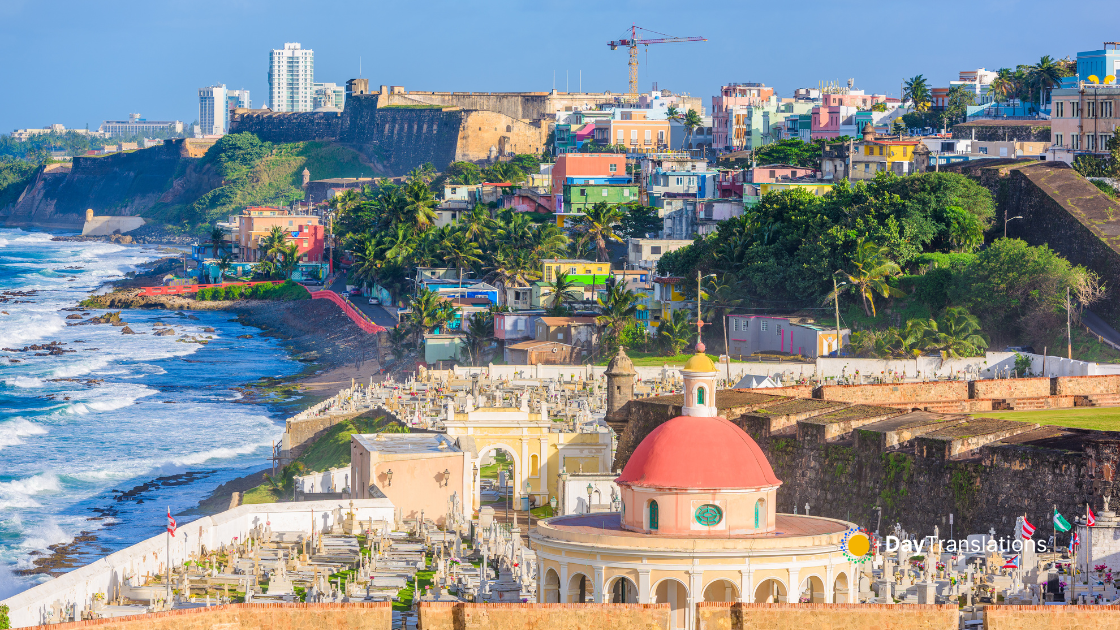Geography of Portugal: Important Geographical Information about Portugal
In this Country Profile
Portugal, the westernmost country of mainland Europe, has an unexpected variety of landscapes: from the rugged countryside to the breathtaking coastline, the lovely Portuguese landscape seems to have a character that is both authentic and timeless.
Continental Portugal is split in two by its main river, the Tagus (Tejo). Northern Portugal, the area north of the Tagus River, is the most rugged part of the country with plateaus, cut by four breakings lines that allow the development of more fertile agricultural areas. The highest range is the Serra de Estrela, which runs northeast-southwest and reaches a maximum elevation of more than 6,500 feet (1,980 m). The south is made up primarily of coastal lowlands, broad river valleys, and low, almost flat plateaus. Other major rivers include the Douro, the Minho and the Guadiana.
The islands of the Azores and Madeira are located in the Mid-Atlantic Ridge, some of the islands had recent volcanic activity. Consisting of nine islands, the Azores divided into three groups: the eastern (Sao Miguel and Santa Maria islands), the central (Terceira, Graciosa, Sao Jorge, Pico and Faial islands), and the western (Flores and Corvo islands). Madeira can be divided into three main areas: the central mass, the western area and eastern area. The central area is volcanic in origin, with eruptions starting around 20 million years ago, they are thought to have finished 1.7 million years ago. Dom João de Castro Bank is a large submarine volcano that lies midway between the islands of Terceira and São Miguel and rises 14 m below the sea surface. Portugal’s highest point is Mount Pico, an ancient volcano, with 2,351 m.
The Portuguese Coast has a length of 943 km (586 mi) in continental Portugal, 667 km in the Azores, 250 km in Madeira and in the Savage Islands. The Portuguese coast developed fine beaches, the Algarve ones are worldwide famous. In Porto Santo Island, a dune formation is appealing to many tourists. An important feature in its coast is the Ria de Aveiro (near Aveiro, a town called “The Portuguese Venice”), a delta with 45 km in length and a maximum of 11 km width, rich in fish and sea birds. There are four main channels, between them several islands and islets, and it is where Vouga, Antuã, Boco, and Fontão rivers meet the ocean.

Sorry, the comment form is closed at this time.